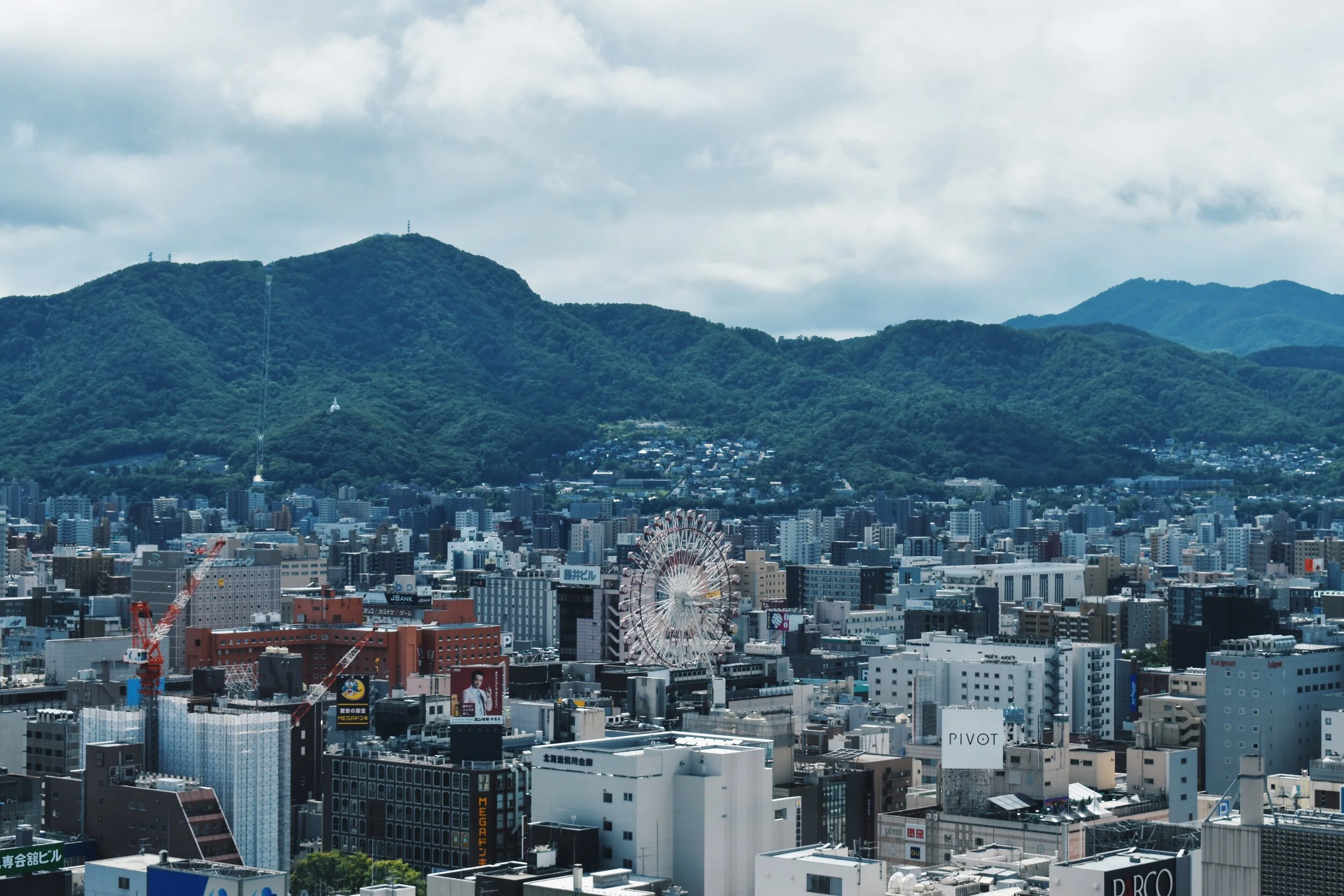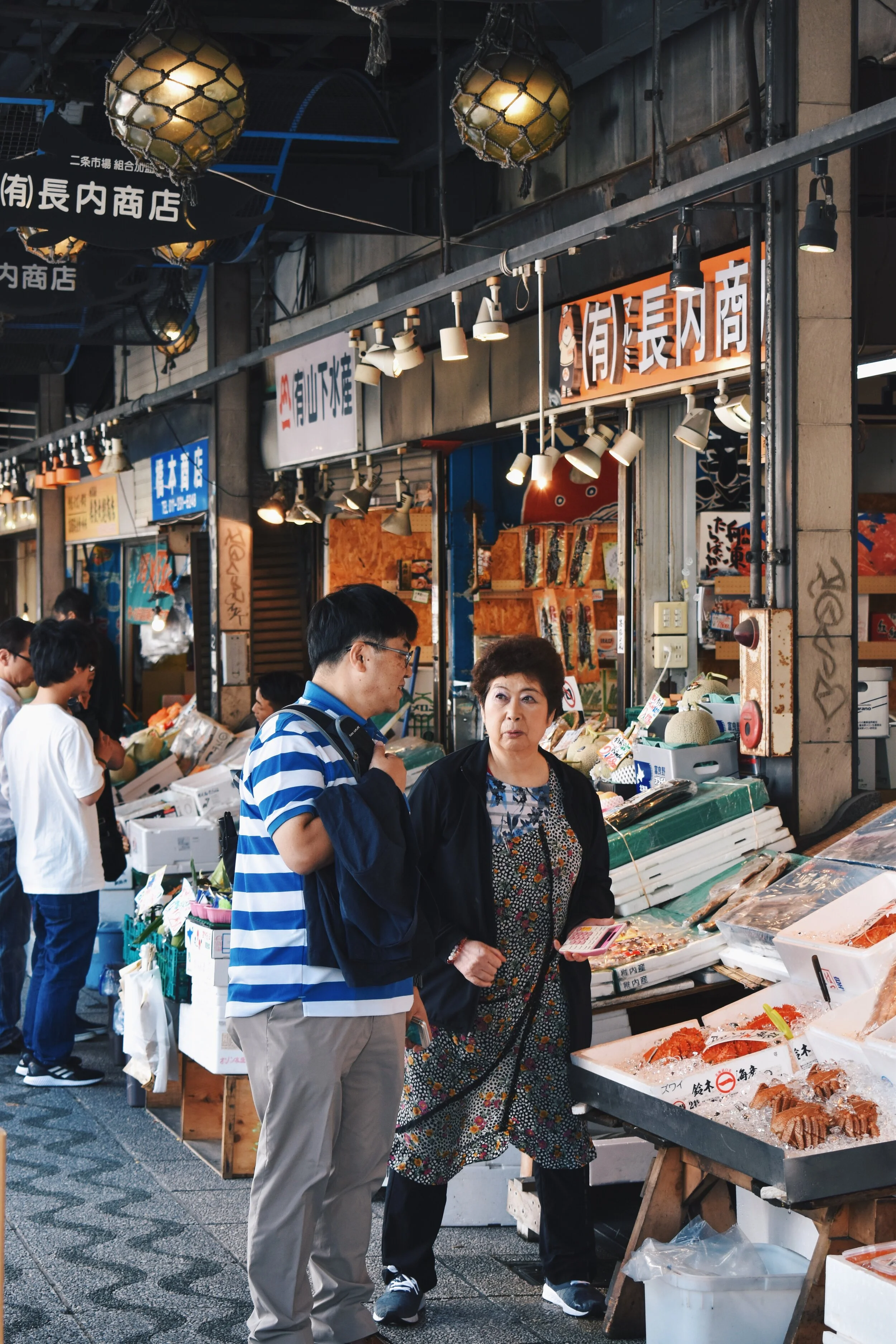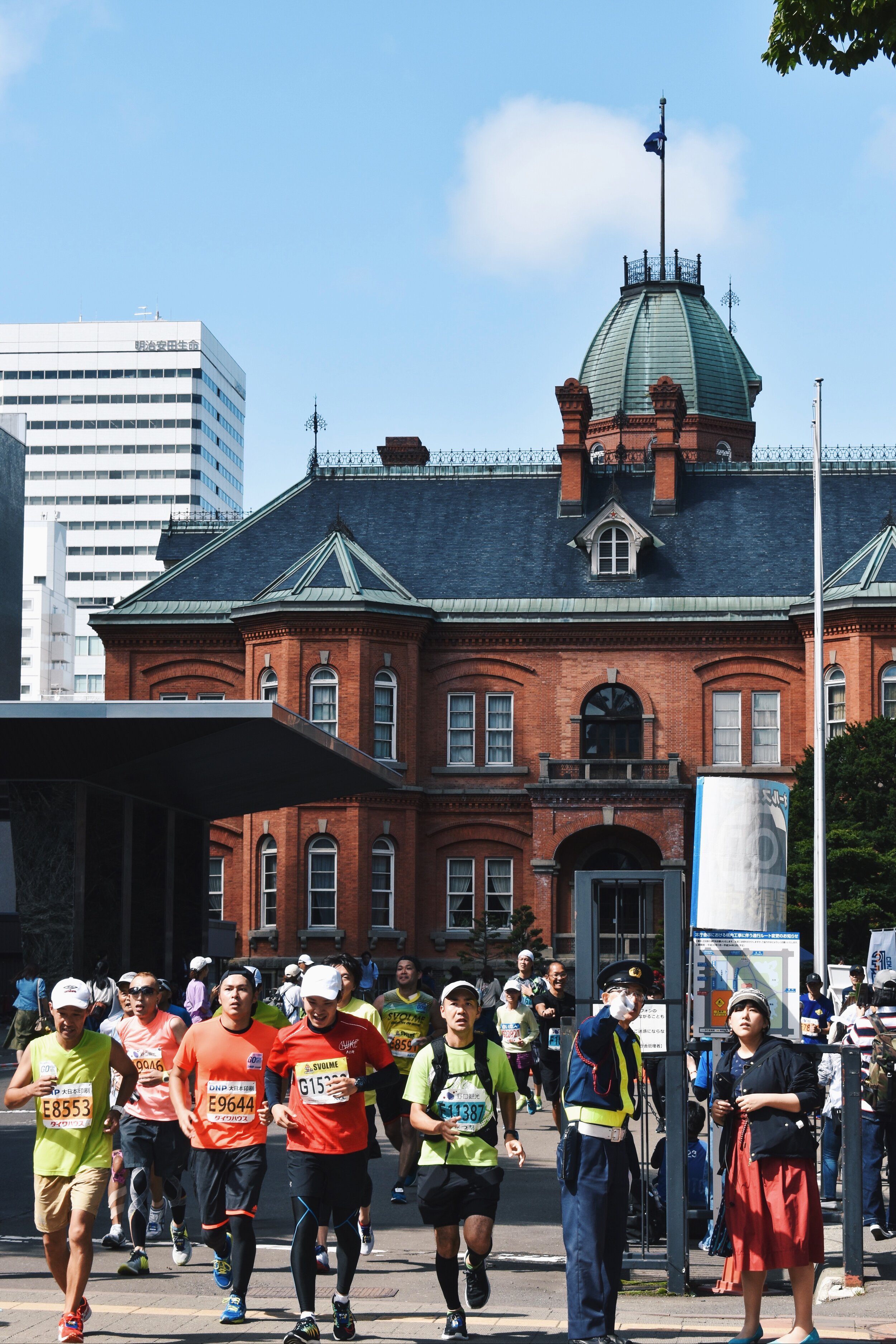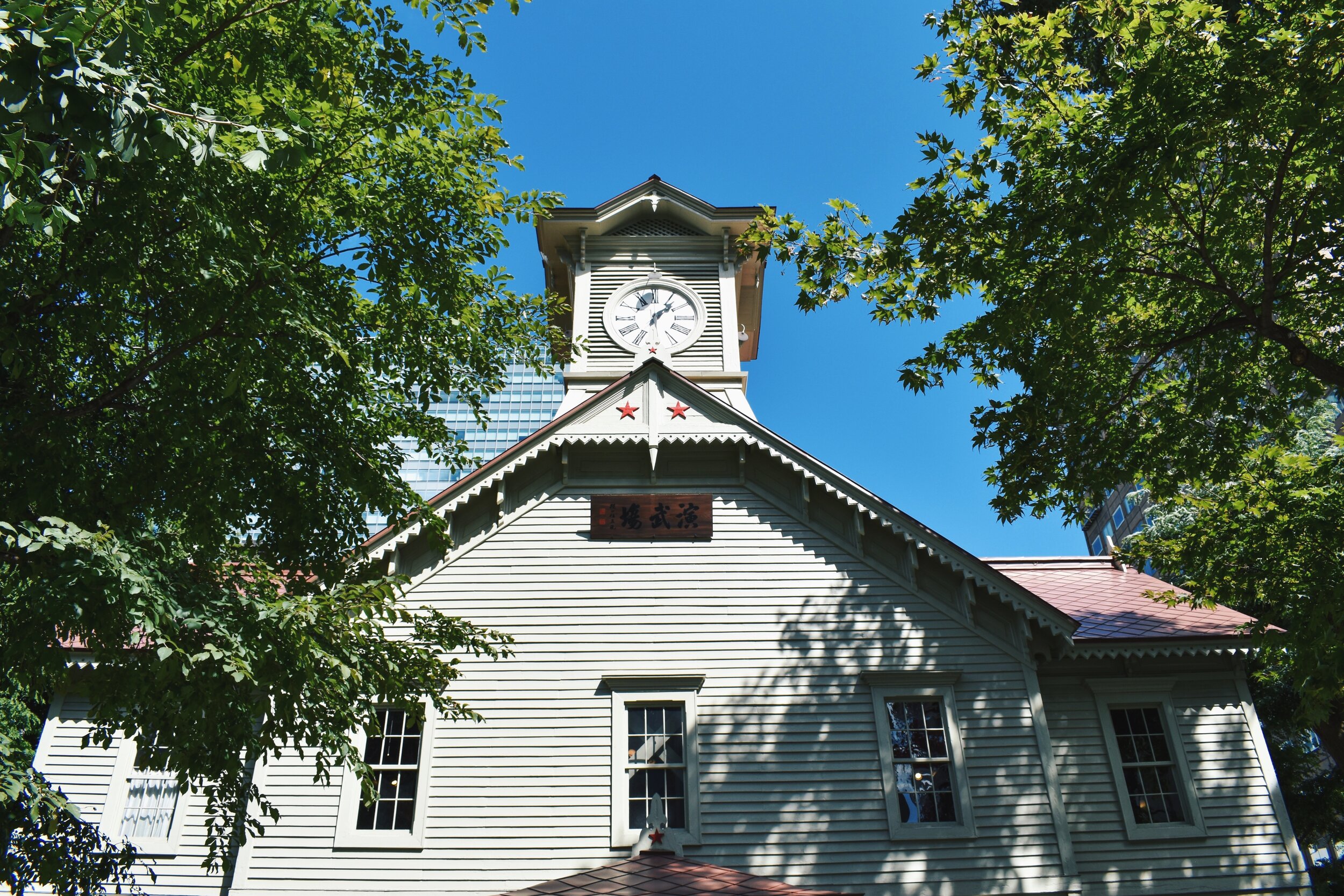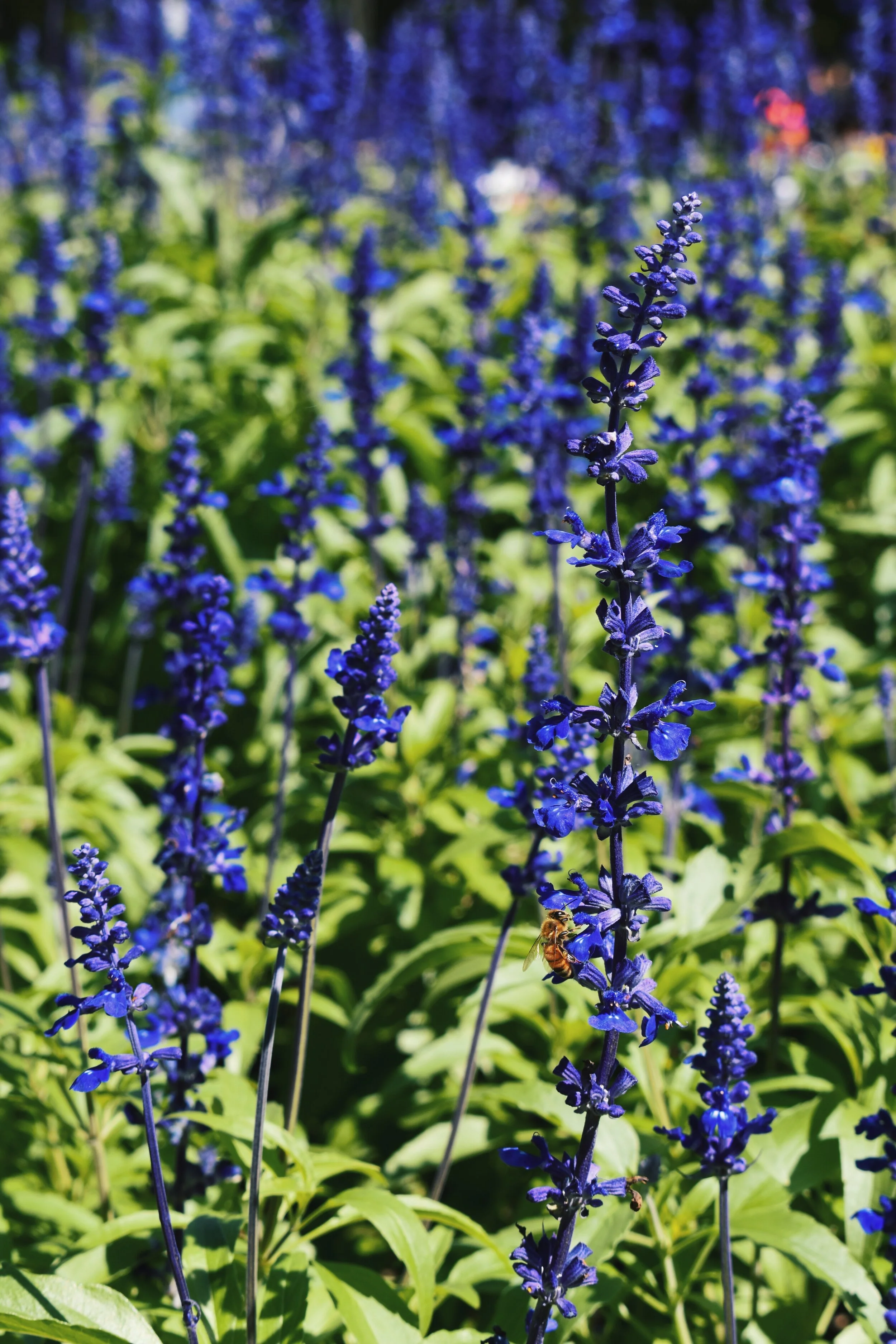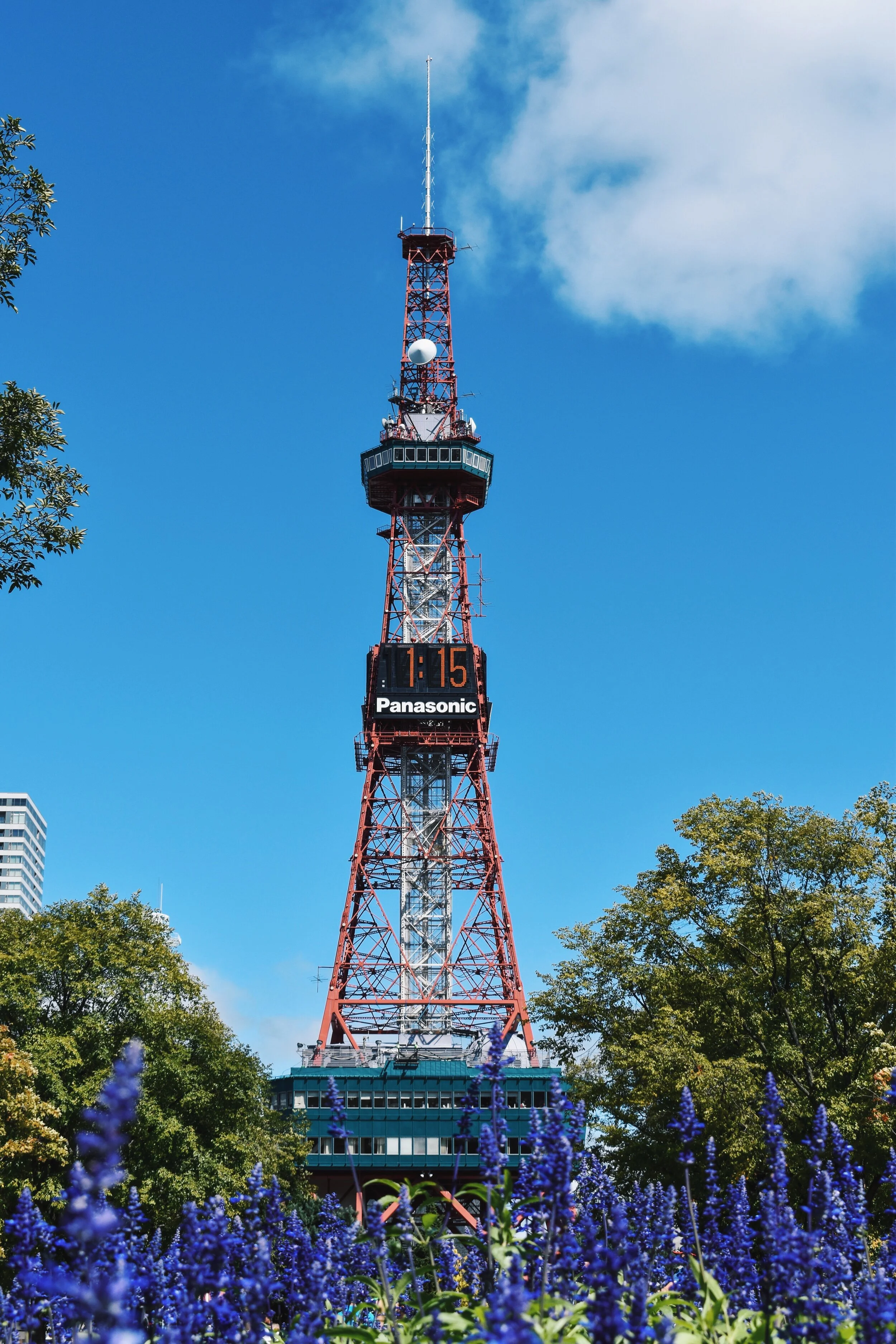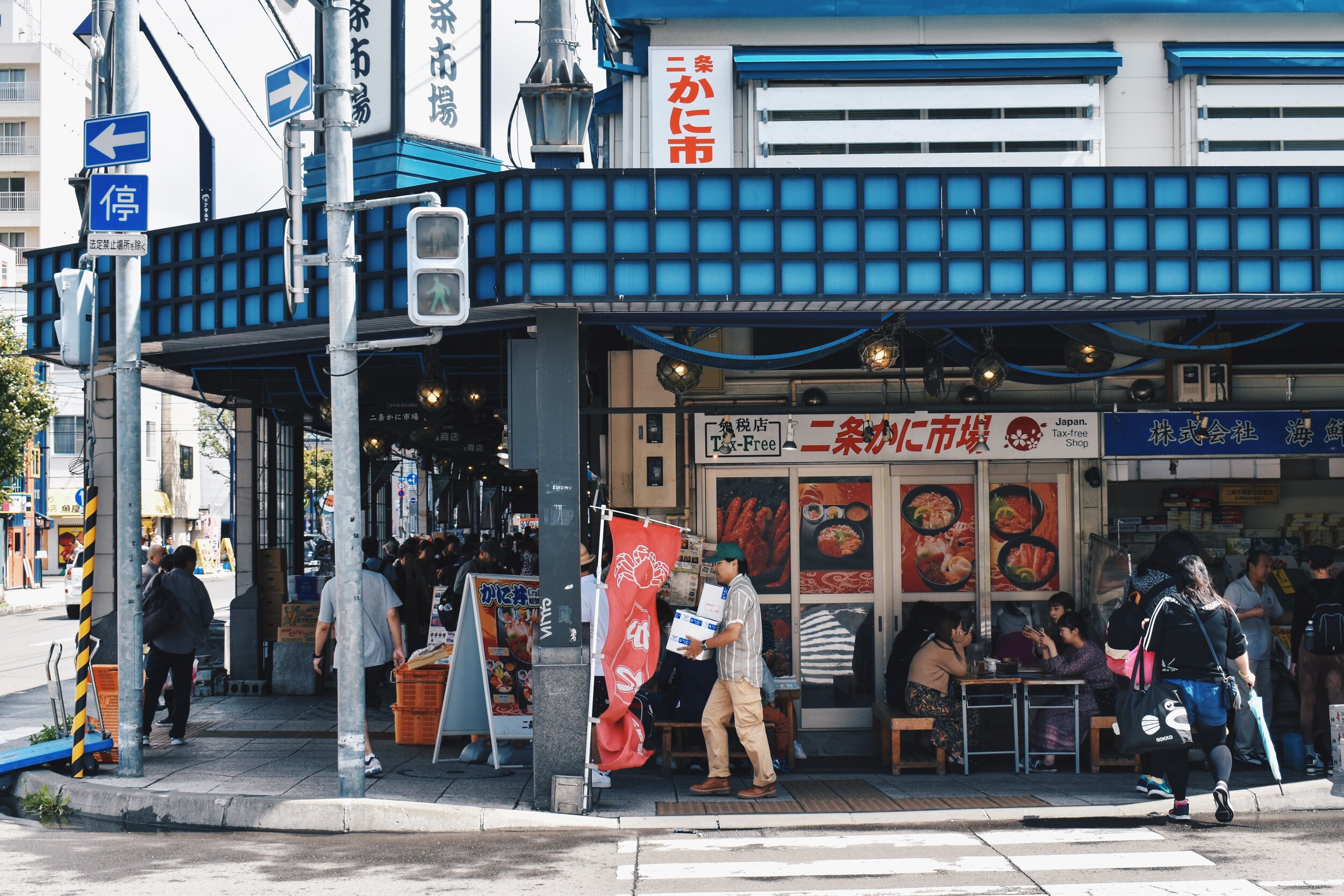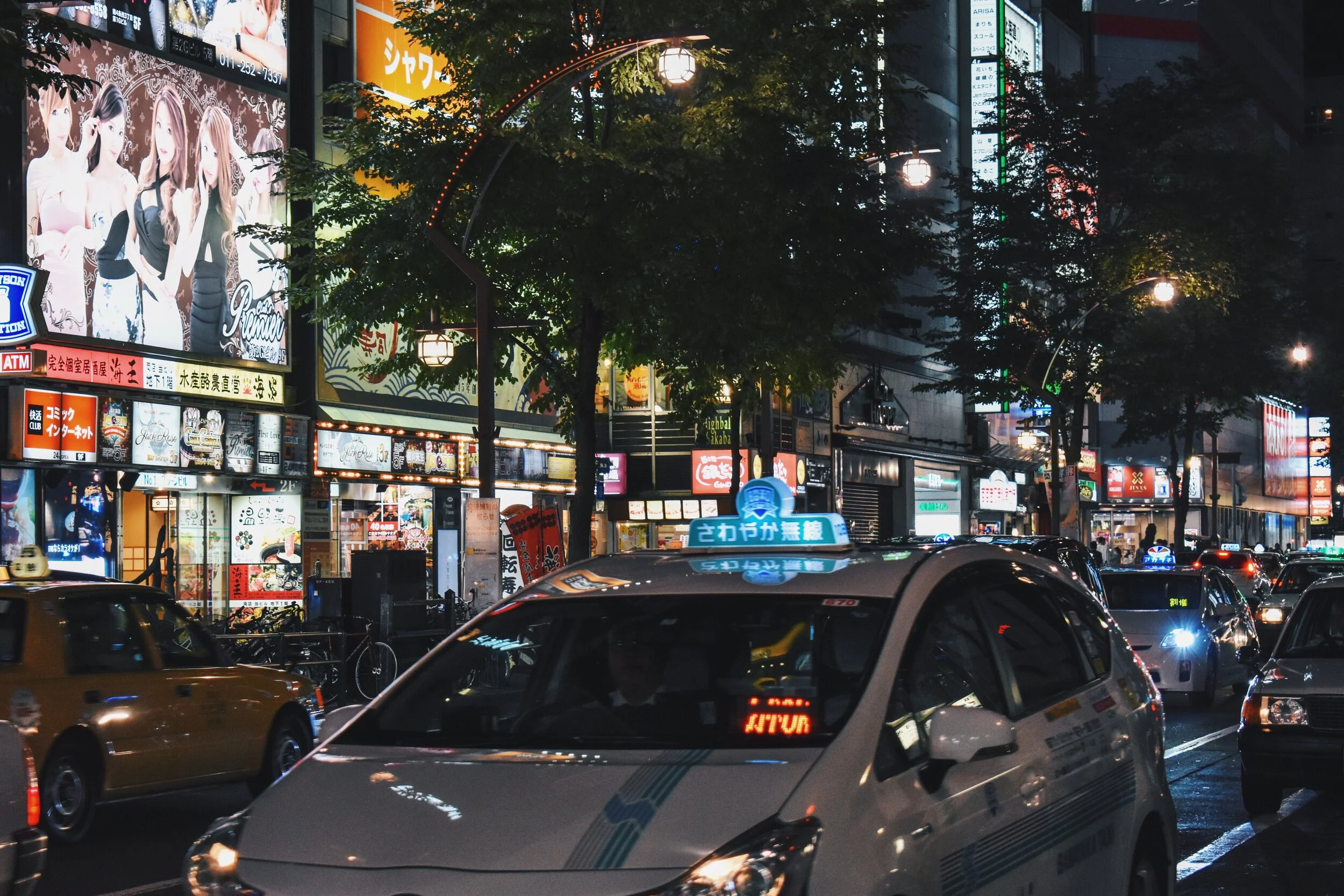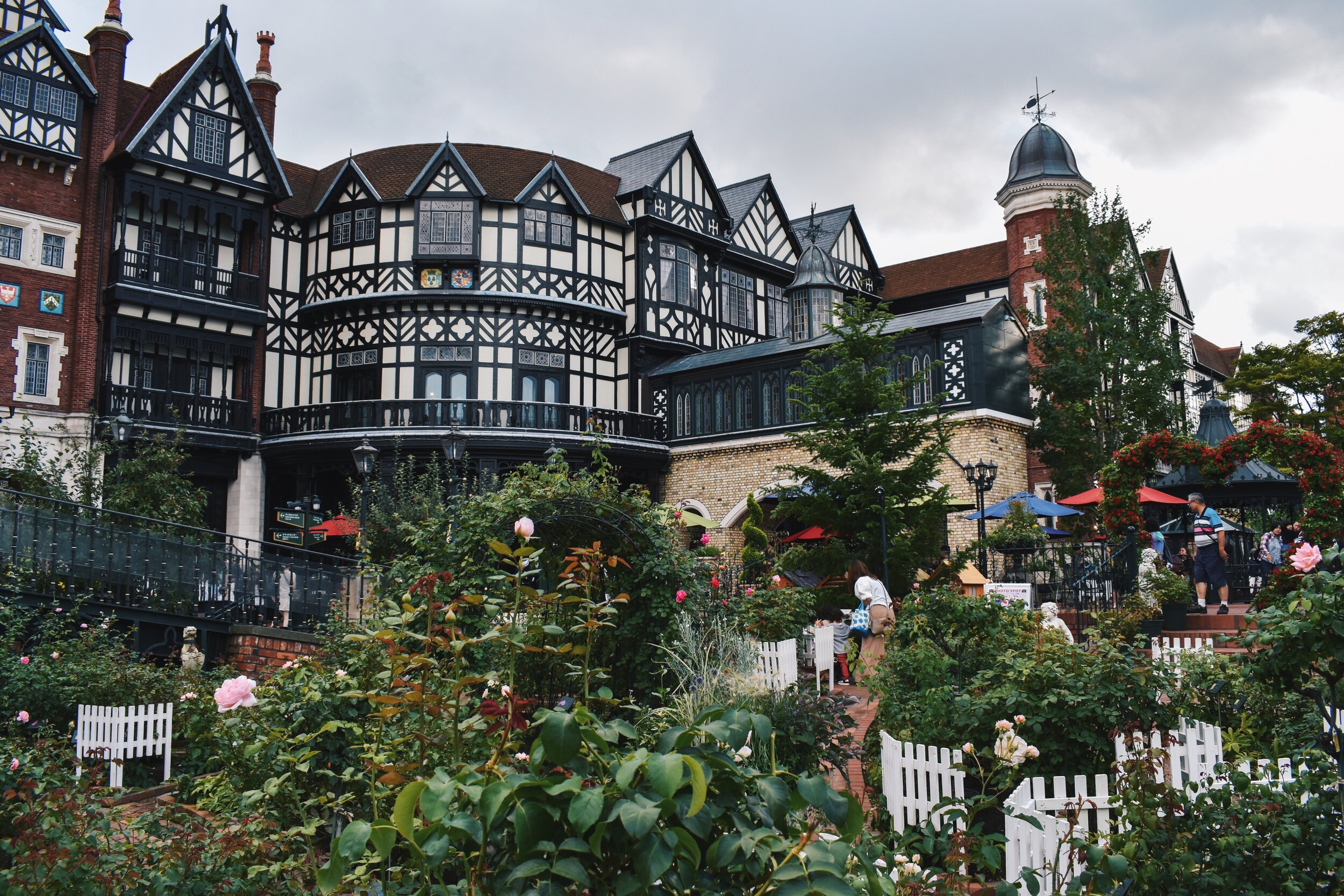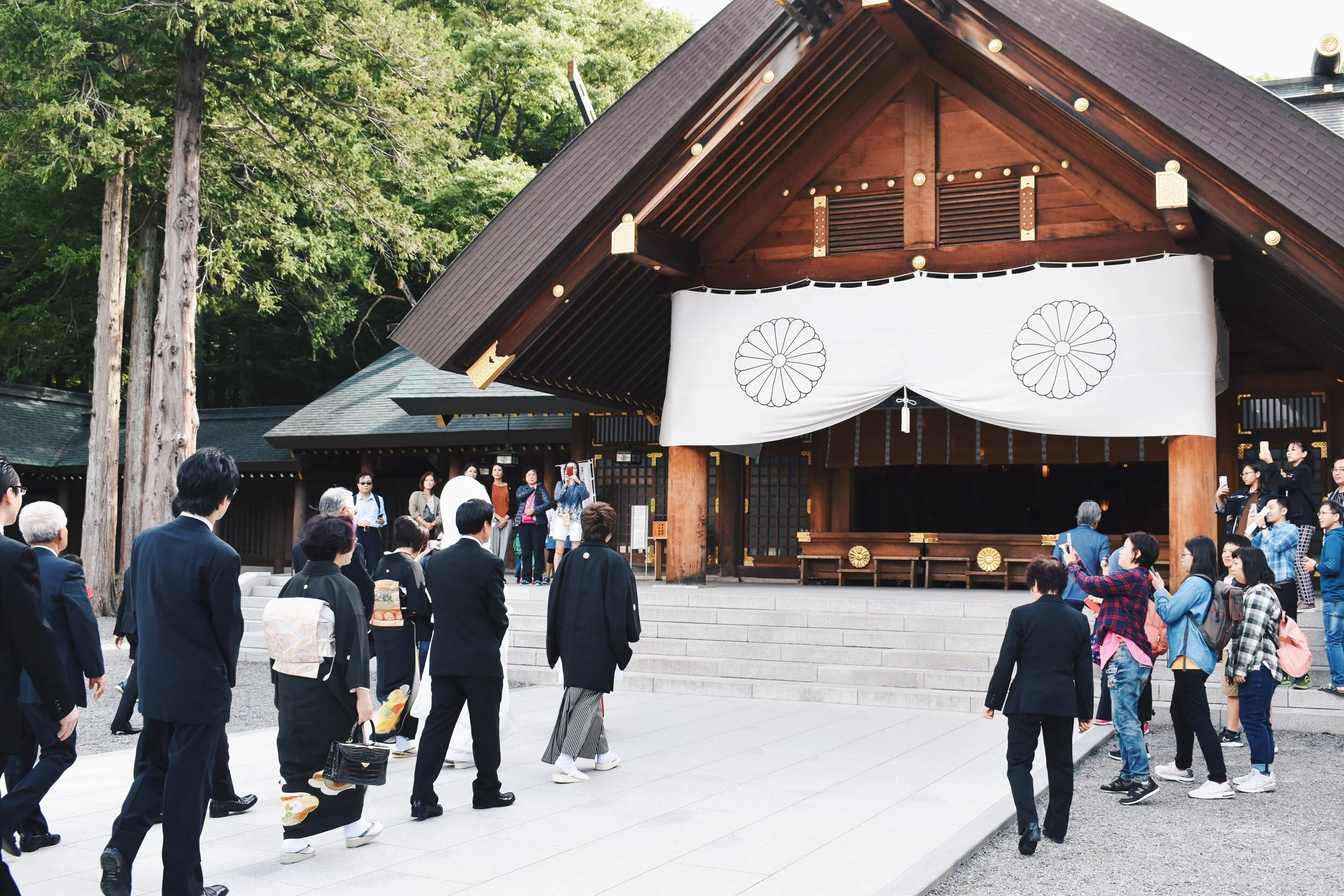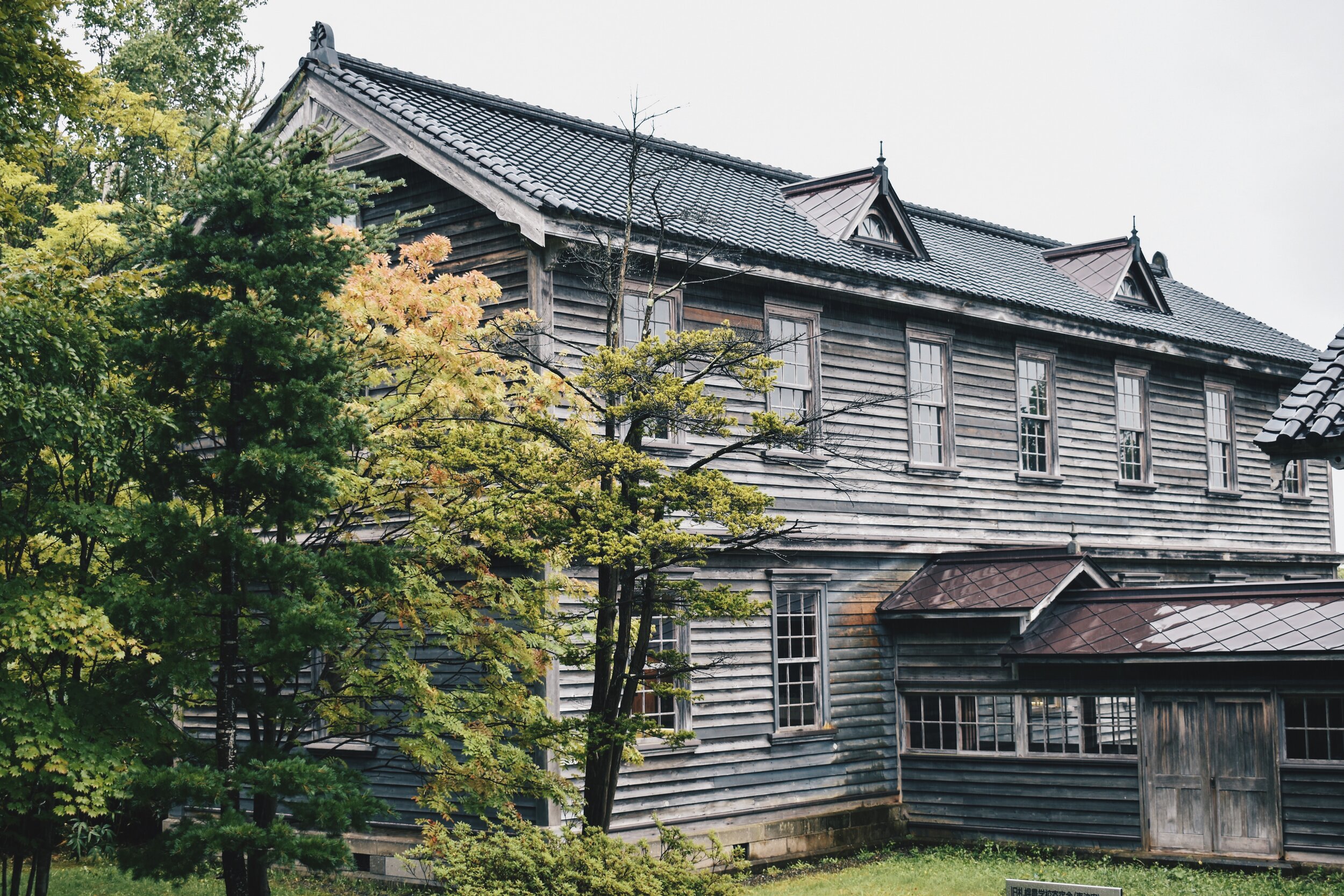What to See & Do in Hokkaido's Capital City of Sapporo

As one of Japan’s largest cities and the capital of the Hokkaido prefecture, Sapporo is a modern city that boasts many attractions. Mind, Sapporo is one of Japan’s youngest cities, but has quickly become famous for it’s beer museum, parks, observatory towers and entertainment district.
This guide is an all-encompassing guide to the city’s highlights, and you’ll be able to cover all these sights in a matter of days.
All prices listed in this guide and currency exchange rates are accurate at time of writing (October 2019).
Read: A Complete Self-Drive Itinerary to Hokkaido | Summer Edition
Read: A Guide to Otaru, a Beautiful Day Trip out of Sapporo
Read: Unmissable Things to See & Do in Hokkaido’s Port City of Hakodate
Getting Around Sapporo
Hokkaido being a huge place on it’s own and relatively rural in comparison, means driving around is the best way to get around Japan’s northern prefecture.
However, if there’s a city you won’t need a car in Hokkaido, it’ll be Sapporo.
Still, if you choose to drive around Sapporo, it’s relatively easy to get the hang of things and it being a relatively new city means the roads are smooth and not confusing at all.
If you’re relying on public transport, Sapporo’s clean and efficient subway system will more than suffice.
You can get day passes on the subway, where you’ll get to enjoy unlimited rides for ¥830 / US$7.70 / S$10.50.
Yes, that may be relatively expensive, especially compared to a lot of Asian metropolises, but Japan is on average more expensive than a lot of other countries.
Pro-tip: If your Sapporo trip covers a weekend, pick up the Donichika Ticket, a discounted day pass that is only available on Saturdays, Sundays, national holidays, and year-end and New Year holidays from 29 December to 3 January yearly. An adult ticket will set you back ¥520 / US$4.80 / S$6.60.
What to See & Do
Odori Park
Odori Park is the life of Sapporo, and where the famous Sapporo Snow Festival is held every February.
If you’re here in the warmer months, Odori Park plays host to the Sapporo Summer Festival, which attracts about a million visitors and its grounds turn into a beer park.
Even if there isn’t much going on specifically during the time of your visit, the park is still a nice space to have a walk or a picnic, and you’ll get some stunning views of the Sapporo TV Tower.
Stay through dusk and you might even catch the TV Tower lighting up!
Historic Buildings in the City Centre
Despite Sapporo’s young age, there exists some interesting historic buildings in the city centre, all a short walk away from Odori Park and each other.
There’s the Sapporo Clock Tower which houses a little museum inside, but was initially built for Hokkaido University as a lecture hall back in the late 1800s. Then, there’s the iconic red façade of the Former Hokkaido Government Office, which is designed in a Neo-Baroque style, and modelled after the Opera in Paris.
Sapporo TV Tower
Here is where you’ll get to take in some truly stunning views of the city in all directions, whilst looking over the busy Odori Park.
An admission ticket of ¥720 / US$6.65 / S$9.10 will get you up to some surreal views.
From the third floor, you’ll take a lift that will get you up to the observatory deck in 60 seconds, where you’ll see as far out as the countryside of Ishikari and the Japan Sea.
Up at the observatory deck, there’s plenty opportunity to shop for souvenirs.
Tanukikoji Shopping Street
Just about every Japanese city has an indoor shopping arcade lined with shops on both sides, and Sapporo is no different.
The Tanukikoji Shopping Street a short walk away from Odori Park.
Nijo Market
Considering how well-known Hokkaido is for seafood, it should come as no surprise that one of the premier attractions in its capital city is a public market by the name of Nijo Market.
The market opens from about 7 in the morning to 6 in the evenings everyday, though actual operating hours vary from vendor to vendor.
You’ll be able to find fresh produce and seafood like crabs, salmon eggs, sea urchin and numerous other types of fish.
There are several restaurants in and near the market, and many do open for dinner as well.
Susukino District
Susukino is Sapporo’s premier entertainment district drenched in neon lights and huge light up billboards.
Pachinko parlours, pubs, restaurants, cafes, cinemas and love hotels in particular, allude to the neighbourhood’s origins as a red light district, which lived on till the 1960s when government regulation stepped in.
Because Sapporo isn’t Tokyo, the area might not be as huge or be as much of an all-out assault on the senses as some of Japan’s other bigger inter-city entertainment districts, which might be more comfortable for some.
Susukino also has plenty of good food around, like the Ramen Alley or Ramen Yokocho, stuffed with ramen shacks.
The area is also one of the main venues for ice sculptures during the Sapporo Snow Festival.
Sapporo Beer Museum
Sapporo is home to Sapporo Beer, an internationally exported beer label that kickstarted the local beer industry, and has been brewed in Sapporo since 1877.
The museum dedicated to Sapporo Beer opened in 1987, and you can take tours that end with beer tasting.
Housed in a former brewery from the Meiji era, the museum introduces the origins of the Sapporo Beer label, as well as the brewing process.
Next to the Beer Museum is the Beer Garden, where you’ll find many beer halls and barbecue restaurants, naturally to be enjoyed with Sapporo Beer.
Many of them offer all you can eat deals, and if you’re looking for a hearty meal, this is where you’ll be able to find it!
Mt. Okura Ski Jump Observatory Deck
There are plenty observatory decks in Hokkaido due to the sheer number of mountains around, however, an interesting one is the Mt Okura Ski Jump Observatory Deck, housed in the Okurayama Ski Jump Stadium which was used in the 1972 Winter Olympics.
Outside of the snowy months though, the you can take the chairlifts up, and instead of jumping off to ski down the Jump, you can head up to the Observatory Deck.
A roundtrip chairlift ticket will cost you ¥500 / US$4.60 / S$6.30.
This place is a popular place to visit when night falls, as you can watch the city lights illuminate the night sky.
At the foot of the Jump, you’ll also find the Sapporo Winter Sports Museum.
Ishiya Chocolate Factory (Shiroi Kobito Park)
Ishiya is a local chocolate manufacturer, and the company’s flagship Shiroi Kobito cookie is possibly Hokkaido’s most famous souvenir, if not one of Japan’s.
Many might recognise the name “白い恋人” adorning the iconic blue packaging.
Shiroi Kobito Park is a place you might like to visit, especially if you’ve got kids in tow.
The theme park is very touristy, with many photo-ready props and infrastructure primed for families and couples.
You can also take tours of the factory.
Hokkaido Shrine (Maruyama Park)
Built in 1869, Hokkaido Shrine is the most famous shrine in Sapporo.
The grounds of the Shrine are located in the nature rich Maruyama Park, and is therefore one of the prime spots for viewing cherry blossoms in all of Northern Japan come springtime.
The shrine is home to Emperor Meiji and three other deities protecting Hokkaido and it’s inhabitants.
Historical Village of Hokkaido
An open-air museum best reached by car, the Historical Village of Hokkaido informs visitors of the history of Hokkaido through it’s historical buildings from different eras in time.
The Village contains typical buildings from Hokkaido, with explanations on what they are about, and they range from barbershops to photo studios and provision shops etc.
The place is split into four sections, a town, fishing village, farm village and a mountain village.
You can easily spend several hours here if you plan on exploring all four areas.
Mt. Moiwa Observatory
Mt. Moiwa is a small mountain overlooking Sapporo’s cityscape, and is another popular area for visitors once night falls.
The Mount Moiwa Ropeway will only take you three quarters up the mountain, from where you will transfer to a mini cablecar to take you to the top.
There, you’ll find a restaurant, planetarium and theatre, apart from the observatory deck of course.
You can even take a ride on Sapporo’s streetcars from the Susukino District to reach the base of Mount Moiwa.
